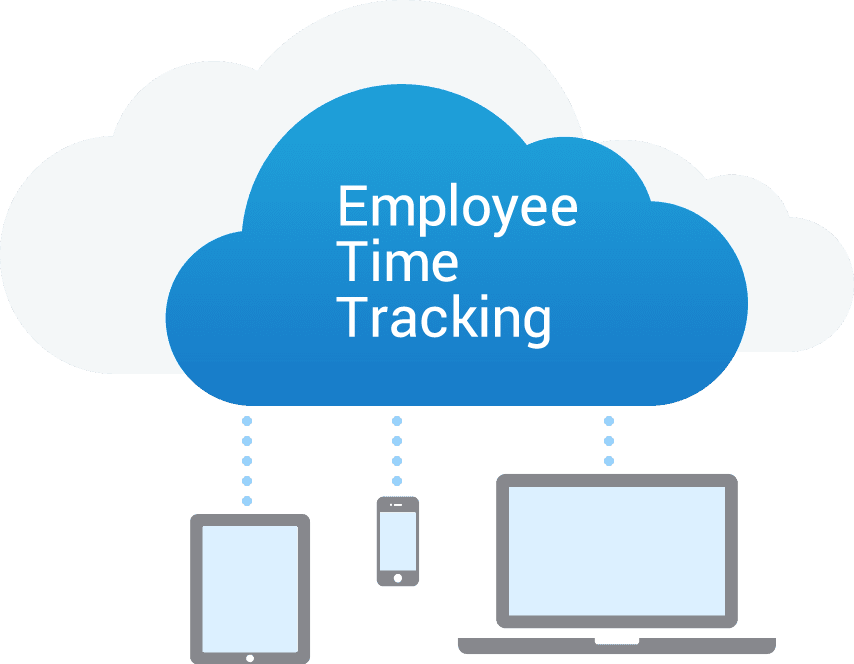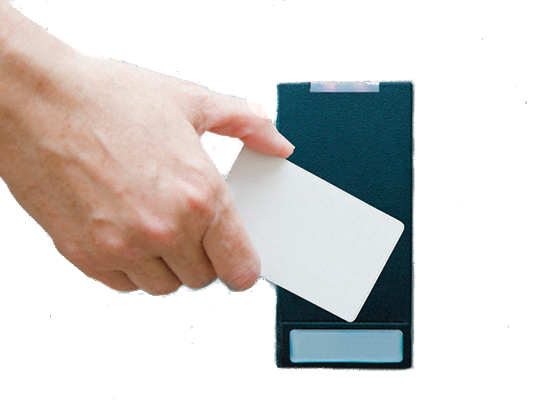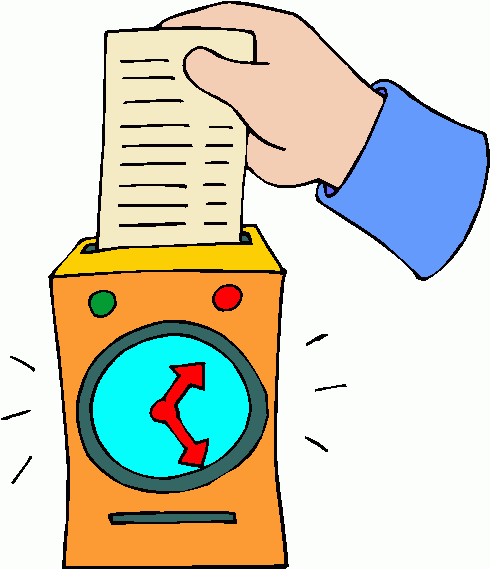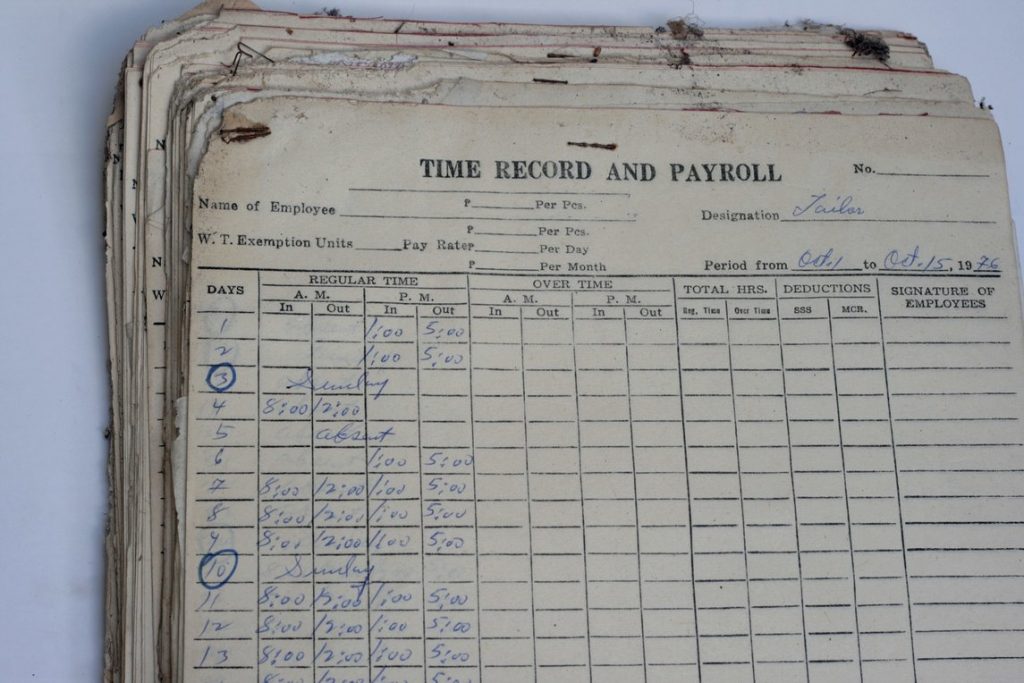What is employee time tracking? What types of time tracking systems are? How can I use it ? What’s the benefit of using it? How much would cost such a system? These are some of the most common question a manager or a team leader will ask when deal with the productivity of the people. Stay with us on this article and you will have the answers to those questions by the end of it.
What is employee time tracking?
The question can be split in two: What is a time tracking system? And why applied to employee?
Time tracking systems are simply systems to track spent time. Time is a precious resource and it is “consumed” by any member of a team.
Most of the time (pun intended) time is consumed by employee doing different jobs and tasks. Monitoring time consumption becomes very important when dealing with efficiency and productivity.
Actually productivity is the number of things achieved over a period of time.
So tracking time will identify the spots where time is consumed at alarming rates. Once identified you can fix this problem and this means that the time needed to solved same quantity of things will be much diminished. Applying this to the above simple formula (Hours Worked decrease) will immediately increase Productivity.
So, yes, time tracking will help you increase productivity of your team and company when applied to employee – thus the term: employee time tracking system.
What types of time tracking exist right now?
There are many types of time tracking system

Web based
As people are in and out from the field, work remote and from different devices they need a centralized way to track time.
Online employee time tracking are here to rescue. They offer 24/7 access to anyone from the team virtually removing the physical boundaries.

Bracelets
Electronic bracelets that simply track your presence in a certain spot.
Again good for presence / attendance but not very good for efficiency.

Cards
Simply the updated version of punch cards.
In addition might allow access for employees to the office.

Mobile
As modern cellphones are mini computers with GPS, finger print, etc – this might be the next step of cards based solution.

Punch card
Next level of Paper based.
You simply take you paper and put it into a punch machine – as a proof of you presence.
This was used (and still used) more or less to prove someone is present…not that actually is working 🙂

Paper based
This is how it started back in the days when people realized that they need a way to measure spent time.
Deprecated but some stubborn and companies still use it.
There are many other types of time tracking systems but they are not very used.
How can I use it?
First of all you need is a centralized system. The days of papers are gone so these days you will need an electronic system. Once you have one you can decide how you want to use it.
There are 2 ways to use a time tracking system
Allow your employee to add the time in the system
In this system the employee him/her-self will add the time to the system.
This is perfect for any domain where an employee has to work for many projects or many clients.
This ensure that you get real time situation on time worked for a client or a project. Knowing this will help anyone in a manager position to see where time is spent and with what efficiency.
Allowing people to add their own time empower them to be more time conscious and also avoid the cases of blaming other for wrong input.
The companies that are interested in this type of time tracking are those very interested in efficiency and increased productivity like: advertising agencies, law companies, accounting firms, freelancers and any other company that charge per hour.
Have their time added by someone else in the system.
In this system someone else – like team leader, HR people, payroll people, etc will add the times for an employee.
This type of time entry is good for companies that must obey labor laws on a very formal way: for example in construction where some workers might not have the minimum technical skills to use a web page or in the fields were people are so involved so much in what they are doing that is almost impossible to fill even the simplest form (oil rigs, mining, etc)
Also this is perfect for jobs that are very much oriented toward a single routine and employee have a 9 to 5 job. In these cases people do not care much about the exact time when they arrive at work or depart – so time keeping is more or less a government imposed formality.
Another characteristic of the teams that are interested in this kind of time tracking is the fact that they are not very much interested in productivity.
But my feeling is that if you read this article there are poor chances to belong to that category of companies or team.
What’s the benefit of using it?
There are 2 major benefits of employee time tracking.
First, you can keep track of everyone’s activity, see how productive they are. It’s easier now that you have a tool that does all the work for you.
Second, you can increase their productivity. Basically, they can’t lose time on unimportant things. What is the result? They focus their energy on the things they have to do.
How much would cost such a system?
Time tracking system range from free employee time tracking to very expensive tracking system in range of hundreds of dollars per person per month.
The main focus when deciding to choose a time tracking is to see what features do you want from it.
Some people might want to have time tracking integrated with invoices, costs, cash flow, accounting while others prefer a simple employee time tracking that simply tracks time on projects and clients.
The problem with integrated and complicated time tracking is that even if they offer more you are not able to mix and match the best tool on the market but to comply with whatever choices your provider decided for you.
ABC Time Tracking took the path of simplicity, free and freedom. You simply track your employee time, it’s free and also allows you to export and integrate your collected data – thus freedom. Give it a try, you will not regret.